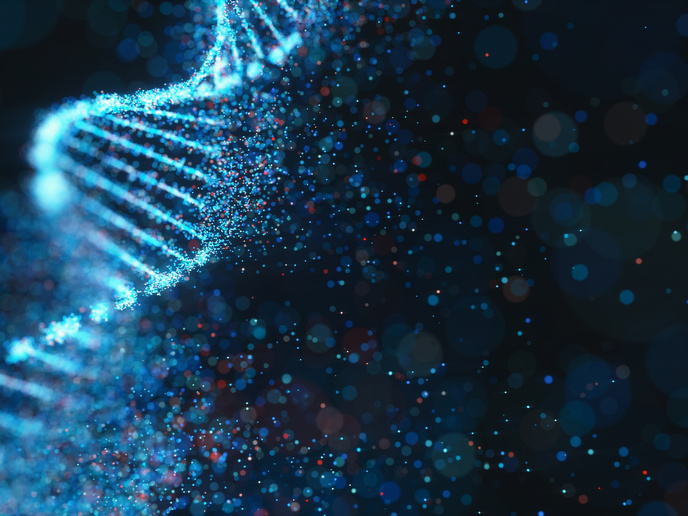Making sure biological ‘sticky notes’ stay where they are needed
Epigenetic tags(opens in new window) are important regulators of gene expression. These chemical modifications (chemical marks) on genetic material regulate gene expression without affecting the gene itself – like putting a sticky note on a report indicating whether or not to express certain genes. Epigenetic tags modulate the metamorphosis of a caterpillar into a butterfly – the caterpillar and butterfly have identical genes but they are differentially expressed depending on the life stage. Three large families of molecules control the deposition, recognition and removal of these tags(opens in new window). The TEDCIP project found ways to stop problematic ‘erasers’ (molecules that remove tags) from erasing. With the support of a Marie Skłodowska-Curie Actions Individual Fellowship(opens in new window), Saleta Vázquez Rodríguez at the University of Oxford(opens in new window) has opened the door to novel therapeutics potentially targeting prostate, gastric, breast, ovarian and hepatic cancer.
Blocking the lock or throwing away the key
Vázquez Rodríguez set out to minimise the activity of a particular family of erasers, the enzymes known as lysine demethylases(opens in new window) (KDM) and, specifically, the subtype KDM5. The KDM5 subfamily consists of members KDM5A-D. Overexpression of these enzymes, particularly KDM5B, has been linked to diseases including prostate, gastric, breast, ovarian and hepatic cancer(opens in new window), but the exact role and mechanism is still unclear. To address this, Vázquez Rodríguez sought to decrease their effect with inhibitors that block them from acting and proteolysis targeting chimeras(opens in new window) (PROTACs) that cause their degradation. Several KDM inhibitors already existed but they were not selective. This is no longer the case, not by a long shot. “We have developed potent and selective covalent KDM5 inhibitors that block the KDM5s by strongly binding to a unique binding site present only in the KDM5 subfamily and not in the other KDMs,” explains Vázquez Rodríguez. These covalent compounds only inhibited the KDM5 enzymes, not the other KDMs that are closely related, and they were effective in both in vitro models and in cells. The associated publication(opens in new window) was recognised as a ‘Hot paper’, reflecting the development’s relevance to the scientific community. Vázquez Rodríguez also successfully tackled the challenging job of developing PROTACs for KDM5s. PROTACs(opens in new window) are complex molecules that serve as the recruiter for both the protein to be degraded and the ‘degrader’ (one of a family of enzymes called E3 ubiquitin ligases). The protein binding portion is joined to the protein degrading portion by a linker. Successful development of PROTACs also highlighted the greater importance of the E3 ligase relative to the linker length to achieve efficacy.
From structure to function
The development of covalent inhibitors and PROTACs able to selectively block or degrade KDM5s will have important impact on the study of the implications of KDM5s for different phenotypes. These compounds can be used as selective tools to investigate the importance and relevance of the two strategies for disease prevention and treatment, and to develop therapeutics. Vázquez Rodríguez concludes: “TEDCIP demonstrated that we could modulate the biological response in different ways with our selective covalent inhibitors of KDM5s or with our PROTACs. These chemical probes will help us elucidate the broader biological consequences of KDM5s in health and in other pathologies.”







